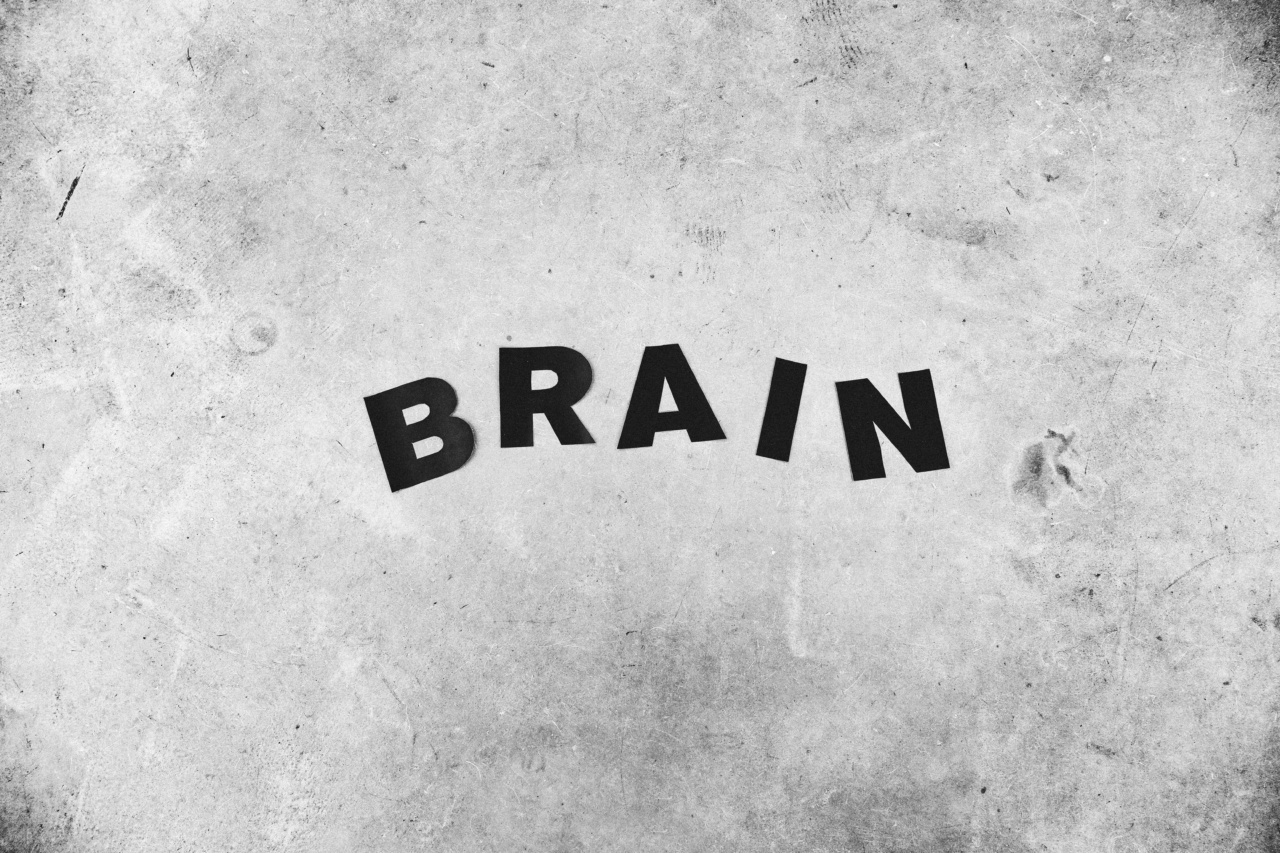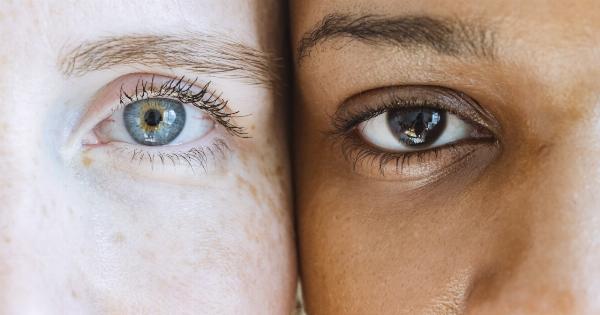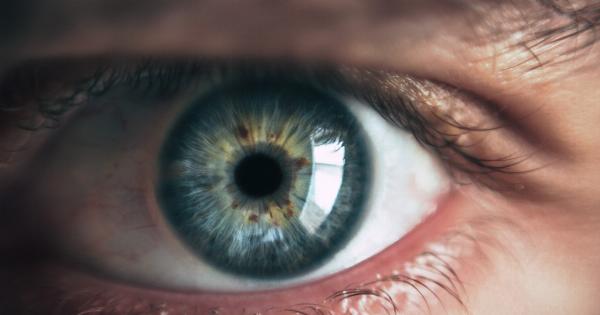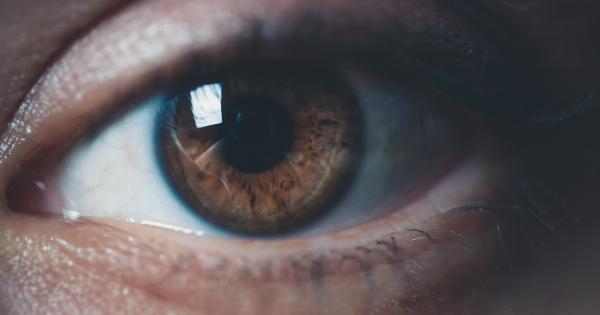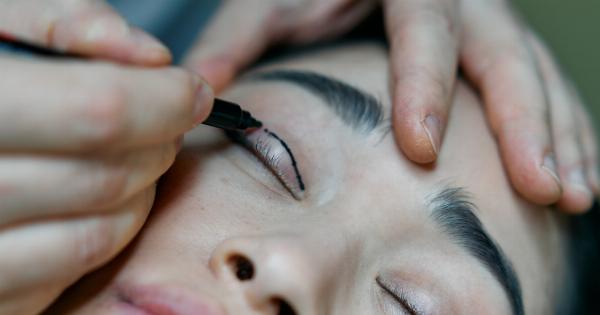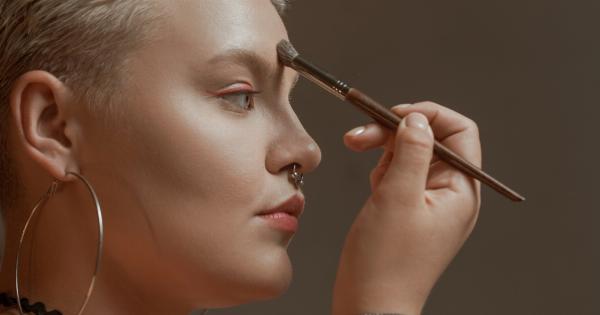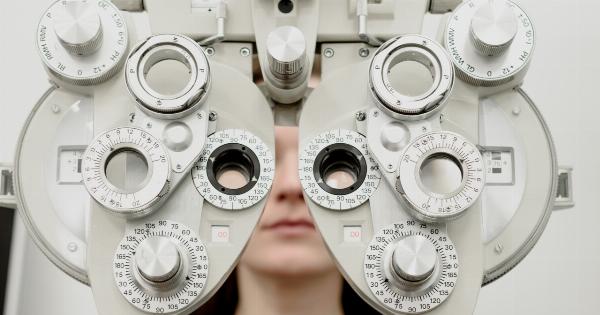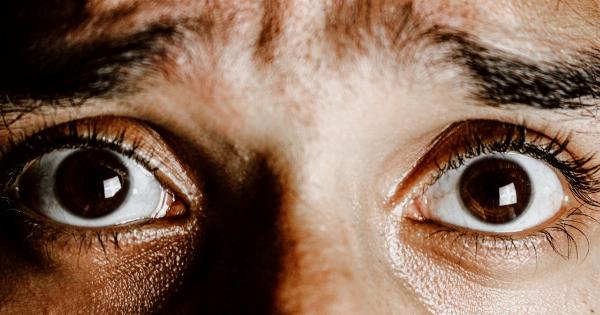Dry eye syndrome is a common condition that affects millions of people worldwide. It occurs when the eyes do not produce enough tears or when the tears evaporate too quickly. This can result in discomfort, irritation, and even vision problems.
In this article, we will explore the causes and treatments of dry eye syndrome.
Causes of Dry Eye Syndrome
There are several factors that can contribute to dry eye syndrome. Some common causes include:.
Aging
As we get older, our eyes produce fewer tears, leading to a higher risk of dry eye syndrome. Women are also more at risk due to hormonal changes throughout their lives.
Medications
Certain medications can cause dry eyes, including antihistamines, anti-depressants, and blood pressure medications. Talk to your doctor if you are experiencing dry eyes as a side effect of any medications you are taking.
Medical conditions
Medical conditions such as diabetes and thyroid disorders can contribute to dry eye syndrome. Other conditions such as rheumatoid arthritis and Sjogren’s syndrome can also cause dry eyes.
Environmental factors
Exposure to smoke, wind, and other irritants can cause dry eyes. Spending too much time in front of a computer or staring at a digital screen can also contribute to dry eyes.
Symptoms of Dry Eye Syndrome
The symptoms of dry eye syndrome can vary from person to person, but some common symptoms include:.
Stinging or burning in the eyes
These sensations can be uncomfortable and may feel like there is something in your eye.
Redness
Many people with dry eye syndrome experience redness in their eyes.
Mucus in or around the eyes
A lack of tears can cause mucus to build up around the eyes, leading to discomfort.
Difficulty wearing contact lenses
If you wear contact lenses and are experiencing dry eyes, you may find it difficult to wear your lenses comfortably.
Blurred vision
Dry eyes can cause vision to become blurry, especially when reading or looking at a computer screen for extended periods of time.
Treatments for Dry Eye Syndrome
Thankfully, there are several treatments available for dry eye syndrome. Some common treatments include:.
Artificial tears
Artificial tears are the most common treatment for dry eye syndrome. These eye drops mimic the natural tears in your eyes and can provide relief from dryness and irritation.
Prescription eye drops
If over-the-counter artificial tears are not effective, your doctor may prescribe stronger eye drops to help reduce inflammation and increase tear production.
Punctal plugs
Punctal plugs are small, silicone devices that are inserted into the ducts of your eyes to help prevent tears from draining too quickly. These can provide long-lasting relief from dry eye syndrome.
LipiFlow treatment
LipiFlow is a procedure that uses heat and gentle pressure to unclog the oil glands in your eyelids. This can help improve the quality of your tears and reduce symptoms of dry eye syndrome.
Preventing Dry Eye Syndrome
While there is no surefire way to prevent dry eye syndrome, there are several things you can do to reduce your risk:.
Take breaks when using a computer or digital screen
Try to take a break every 20 minutes and look away from your screen for 20 seconds.
Moisturize the air
Using a humidifier can help keep the air moist and prevent your eyes from drying out.
Wear sunglasses
Sunglasses can help protect your eyes from wind, sun, and other irritants.
Avoid smoke
Avoiding cigarette smoke and other sources of smoke can help prevent dry eye syndrome.
Conclusion
Dry eye syndrome is a common condition that can cause discomfort, irritation, and vision problems. Thankfully, there are several treatments available to help relieve symptoms and improve the quality of your tears.
Talk to your doctor if you are experiencing symptoms of dry eye syndrome to determine the best course of treatment for you.
